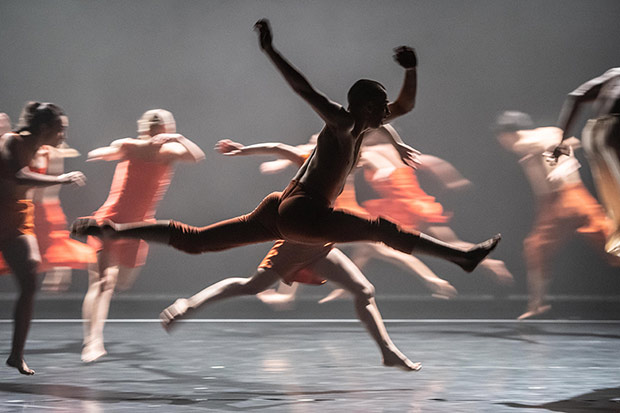
© Stephen Wright. (Click image for larger version)
Rambert2
Terms and Conditions, Sin, Sama
★★★✰✰
London, Sadler’s Wells
4 November 2019
www.sadlerswells.com
www.rambert.org.uk
Rambert2, Rambert’s junior company, is comprised of twelve very talented young dancers from around the globe and it gives them just a year to find their professional feet. After that, new dancers will be auditioned. Given the competitive nature of the dance world, there is a sense of urgency in order to get the maximum out of the experience and this translates, with pleasing effect, into an abundance of commitment, energy and youthful exuberance. The programme was a mixed bag in more ways than one, with two new works by American choreographers and a revival of a duet, Sin, which was part of Babel(words) choreographed jointly in 2010 by Damien Jalet and Sidi Larbi Cherkaoui.

© Stephen Wright. (Click image for larger version)
It opened with Jermaine Marcus Spivey’s Terms and Conditions, a piece for six dancers. Spivey is still a dancer, a very good one, with Crystal Pite’s company Kidd Pivot and is still finding his choreographic voice. His courage is notable: he took an abstract idea about the functioning of an individual within a community and compared it to one within a collective. However, those worthy thoughts proved difficult to transpose into the language of dance, leaving a number of challenges unresolved. The first, most obvious dampener was opening with the dancers sitting stationary, remaining mostly static and speaking. “Let’s play people” the compere announces, then random words spill out, said with different emphasis on each syllable – words such as people, progress and participate. The ‘game’ was regularly halted and unfortunately, interest waned. The dimly lit stage did not help but it was still early days. Suddenly our ear drums were assaulted by a ferociously loud soundscape and it looked as if we were about to get some interesting movement. From here on in, there was some structured running, falling, rolling on the floor, but not too much actual dancing. At one point the cast lay down on the floor and removed circular silver discs from their backs and placed them over their faces. It was lost on me. The stand out dancers were Prince Lyons and Minouche Van de Ven, embracing the limited vocabulary they were given. At a later moment a shouty voiceover claimed, “I enjoy watching you,” repetitively. The piece closed with the dancers slowly walking in a circle as one after the other, they fell into the centre, over and over again. Gathering momentum, until they were running and falling at speed, it left the audience perplexed.
Van de Ven and Lyons once again impressed in Sin, a complex and intense duet. As with the previous piece, it was very dark and nigh on impossible to see faces even in the first few rows of the stalls. It’s tempting to suggest that in the last decade, credits should often read Lighting and Darkness Design as so many new creations seem to have been hampered by poor visibility. However, what we could see was that the couple moved as if it was impossible to disengage. Like a species of monkey clinging to its mother (although the title, of course, suggests something of a more sexual, predatory nature), Van de Ven manoeuvred herself adeptly over and around every surface of Lyons’ body, crawling and crushing him whilst all was reflected in a vast, tilted overhead mirror.
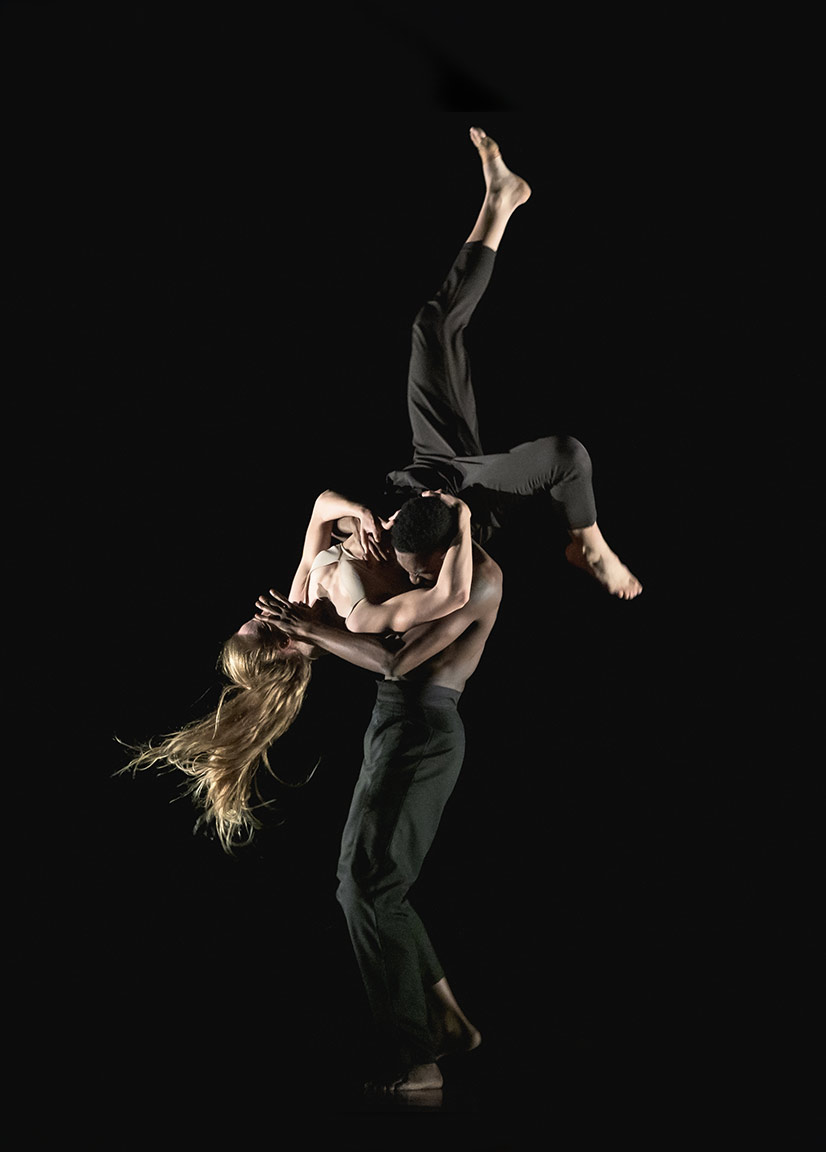
© Stephen Wright. (Click image for larger version)
Feeling a tad disengaged, the second half held promise in the form of Andrea Miller’s Sama, meaning ‘body’ or ‘by herself’. As the curtain rose on another dark vista, it was with palpable relief when the stage more or less erupted into an explosive piece of dancing that continued with unrelenting energy until the end. It reminded me a little of Sharon Eyal’s Killer Pig in which last year’s company performed. Lighting (Paul Keogan) and effects were interesting and amid a whoosh of dry ice, two men using stilts, sparred like rutting stags. The main attraction of the work was that it convinced the audience, beyond any doubt, that here was a group of dancers with supreme ability. As with Killer Pig, the sheer stamina, strength and power that projected with exaggerated gusto, like a giant wind machine into the auditorium, changed the atmosphere within seconds. The pace, the expansive movements, the unity of the ensemble woke us from our temporary stupor. Absolutely first rate dancing with rather mixed choreography is not ideal so I would contemplate this thought: do choreographers in this era anticipate what is going to interest and engage an audience before they start the creative process? There are some new and even well-established choreographers who have excellent ideas and research in depth how they are going to portray their work. However, I would hazard that sometimes the theme or idea is lost on audiences because actually we want to be entertained and watch wonderful dancing, without the burden of trying to fathom the concept or the meaning of what we are seeing.












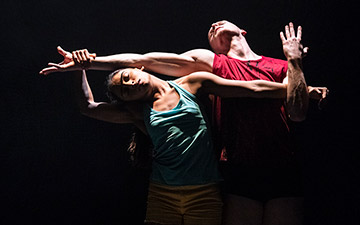

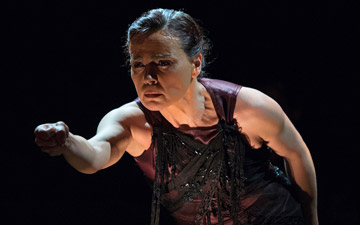
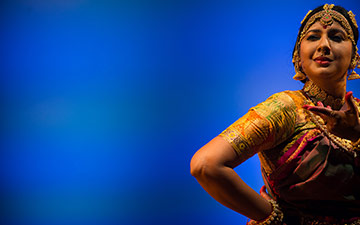
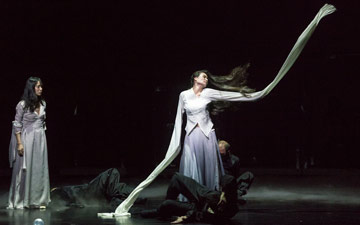
You must be logged in to post a comment.